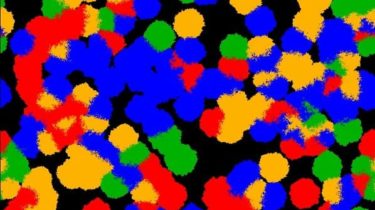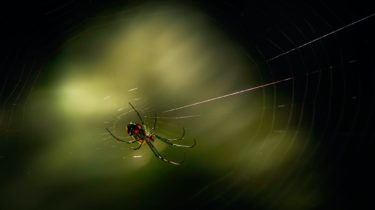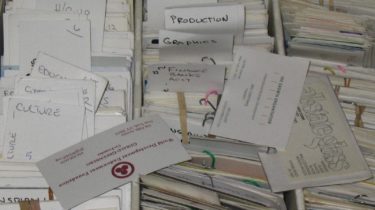Very Deep Neural Networks Explained in 40 Seconds
By Vincent Granville, Ph.D., Author at MLtechniques.com Sponsored Post Very deep neural networks (VDNN) illustrated with data animation: a 40 second video, featuring supervised learning, layers, neurons, fuzzy classification, and convolution filters. It is said that a picture is worth a thousand words. Here instead, I use a video to illustrate the concept of very deep neural networks (VDNN). I use a supervised classification problem to explain how a VDNN works. Supervised classification is one of the main algorithms in supervised […]
Read more








